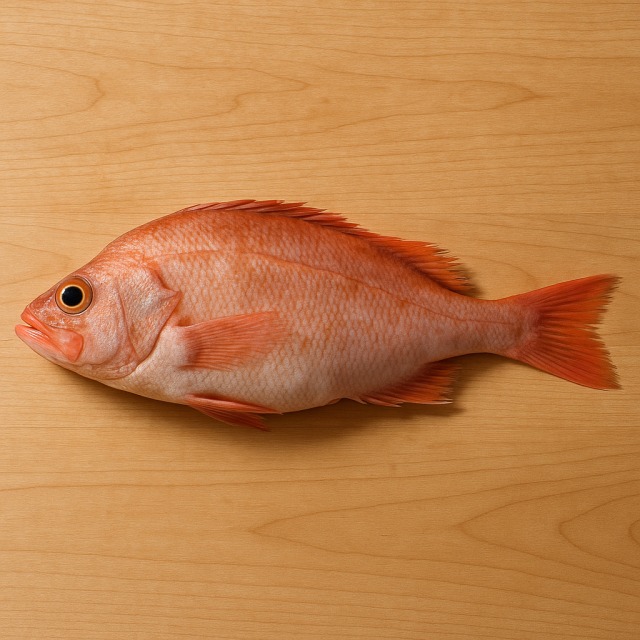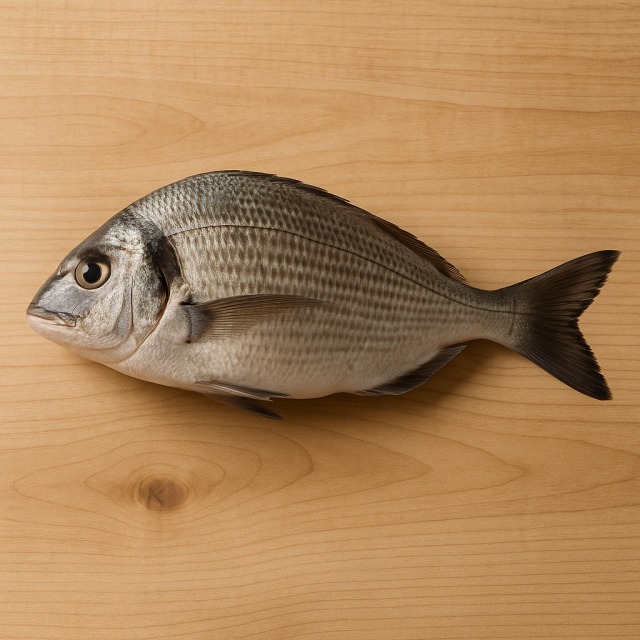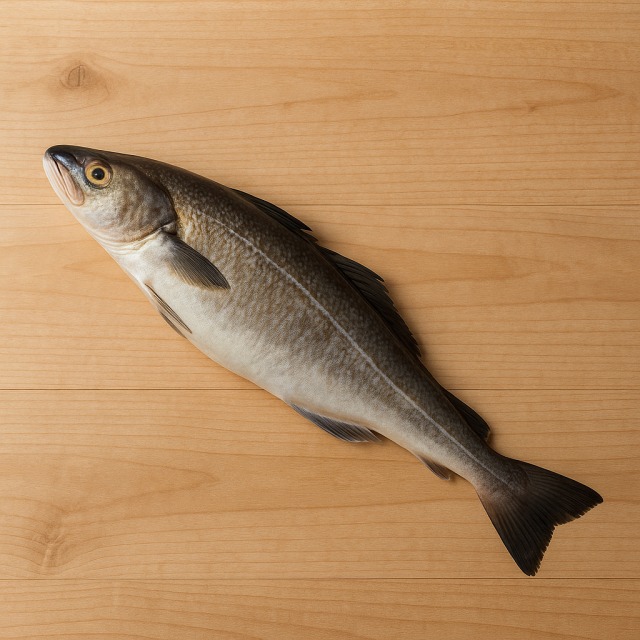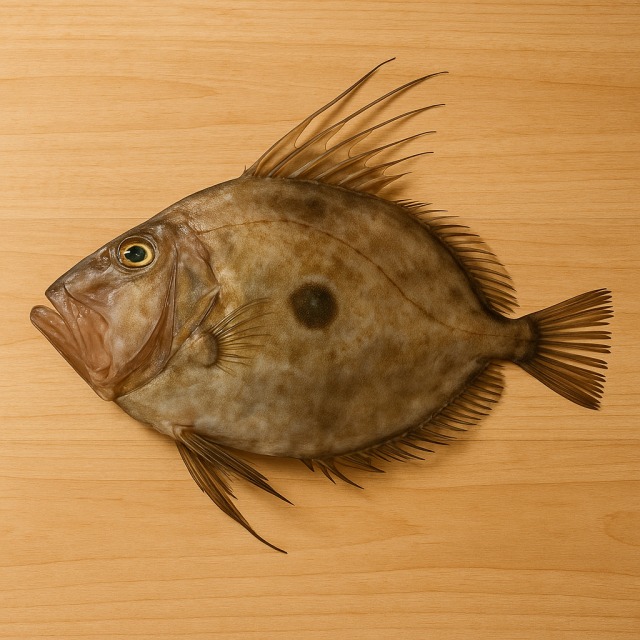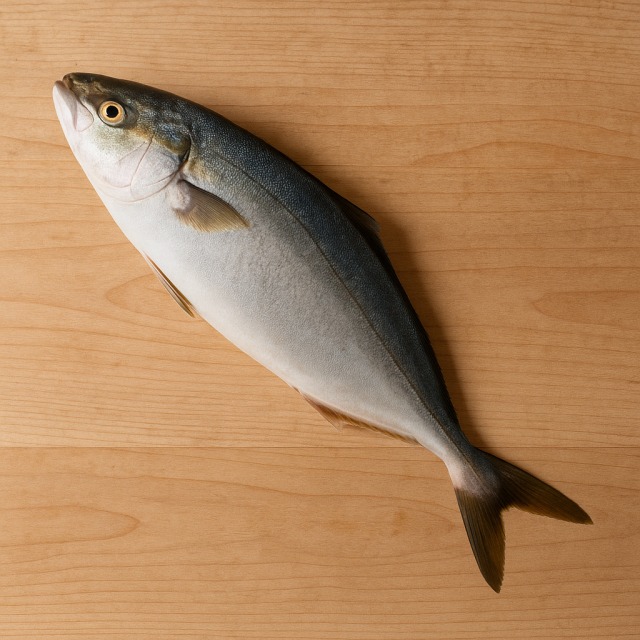Calorie Chart / Fish / Sea bass
How Many Calories Are in Sea bass?
Calculation of the nutritional value & Recommended Dietary Intake of sea bass
For g and a calorie requirement of kcal
| Calories 167 kcal | Proteins 29 g | Lipids 5.9 g | Carbohydrates 0 g |
| 8% | 39% | 9% | 0% |
Health benefits of sea bass
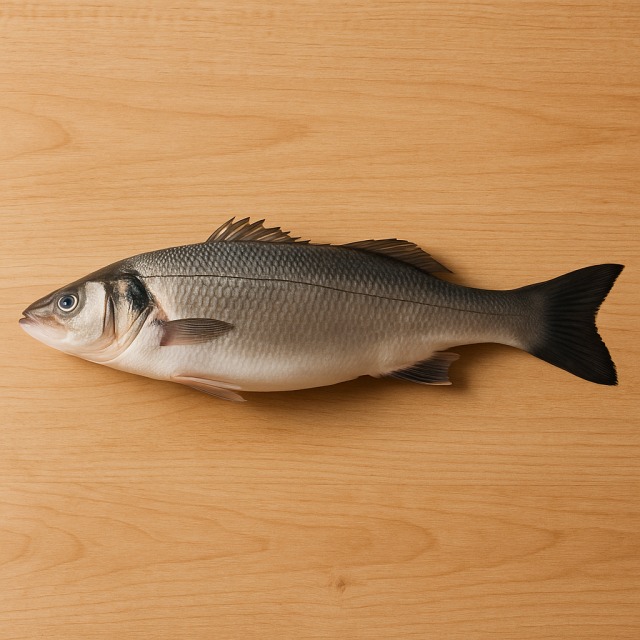
Sea bass - 100g
Calories 111 kcal
Proteins 19 g
Lipids 3.9 g
Carbohydrates 0 g
With about 111 kcal per 100 g, sea bass is regarded as a moderate-calorie fish; these calories come chiefly from lean proteins (19 g) and only 3.9 g of fat, allowing you to control daily calories without compromising on flavour. Because it delivers so much nutrition for so few calories, it often replaces fattier species in balanced menus.
Sea bass is a notable source of vitamin D, vitamin B12, selenium, phosphorus, and iodine. Its omega-3 fatty acids (EPA & DHA) are linked to supposed cardiovascular and anti-inflammatory benefits while adding far fewer calories than red meat fat. The combination of complete proteins and limited calories supports muscle maintenance during weight loss as well as recovery for athletes.
Originating from the Eastern Atlantic and Mediterranean, sea bass—called "loup de mer" in French—was already esteemed in Roman times. Its firm, delicate flesh withstands steaming, poaching, or grilling, techniques that preserve texture and keep extra calories to a minimum. All these assets make sea bass a smart moderate-calorie choice for everyday cooking.
Tips for incorporating sea bass into a balanced diet
To enjoy sea bass while managing calories, favour gentle methods: steam the fillet with a squeeze of lemon, fresh herbs, and a drizzle of olive oil; serve it over a portion of quinoa for complex carbohydrates without excessive calories. The plate stays colourful—and low in calories—if you add grilled asparagus.
For Mediterranean flavours, bake whole sea bass on a bed of sliced tomato, bell pepper, and onions. The vegetables release moisture, so the fish stays juicy without extra fat, keeping total calories in check. A lighter alternative to classic fries is a side of brown rice, which provides fibre that helps regulate the calories absorbed from the meal.
Fans of raw dishes can transform sea bass into a ceviche: marinate thin slices in lime juice, cilantro, and chilli, then spoon over a crisp cucumber salad. Because no cooking fat is added, the total calories remain very low while the taste stays vibrant.
Frequently Asked Questions
- How many calories are in sea bass?
- There are 111 kcal per 100 g.
- Is sea bass good for weight-loss diets focused on reducing calories?
- Yes. Thanks to its 111 kcal per 100 g and high protein content, sea bass helps you reach satiety with limited calories, making it easier to maintain a calorie deficit.
- How does the calorie content of sea bass compare with that of salmon?
- Sea bass provides roughly half the calories of salmon (salmon averages about 200 kcal per 100 g), so choosing sea bass can lower the calories of a seafood meal while still supplying omega-3s.
- What is the protein-to-calories ratio of sea bass?
- With 19 g of protein for only 111 kcal, sea bass offers an excellent ratio—approximately 0.17 g of protein per calorie—ideal for people aiming to maximise protein while limiting calories.
- Does frying sea bass drastically increase its calories?
- Yes. Pan-frying absorbs oil that can double the calories per serving. Opting for steaming, grilling, or baking keeps added fat—and therefore added calories—much lower.
Similar foods
Information provided by Calorie Menu may contain inaccuracies or errors. It cannot, under any circumstances, substitute medical advice or medication.

